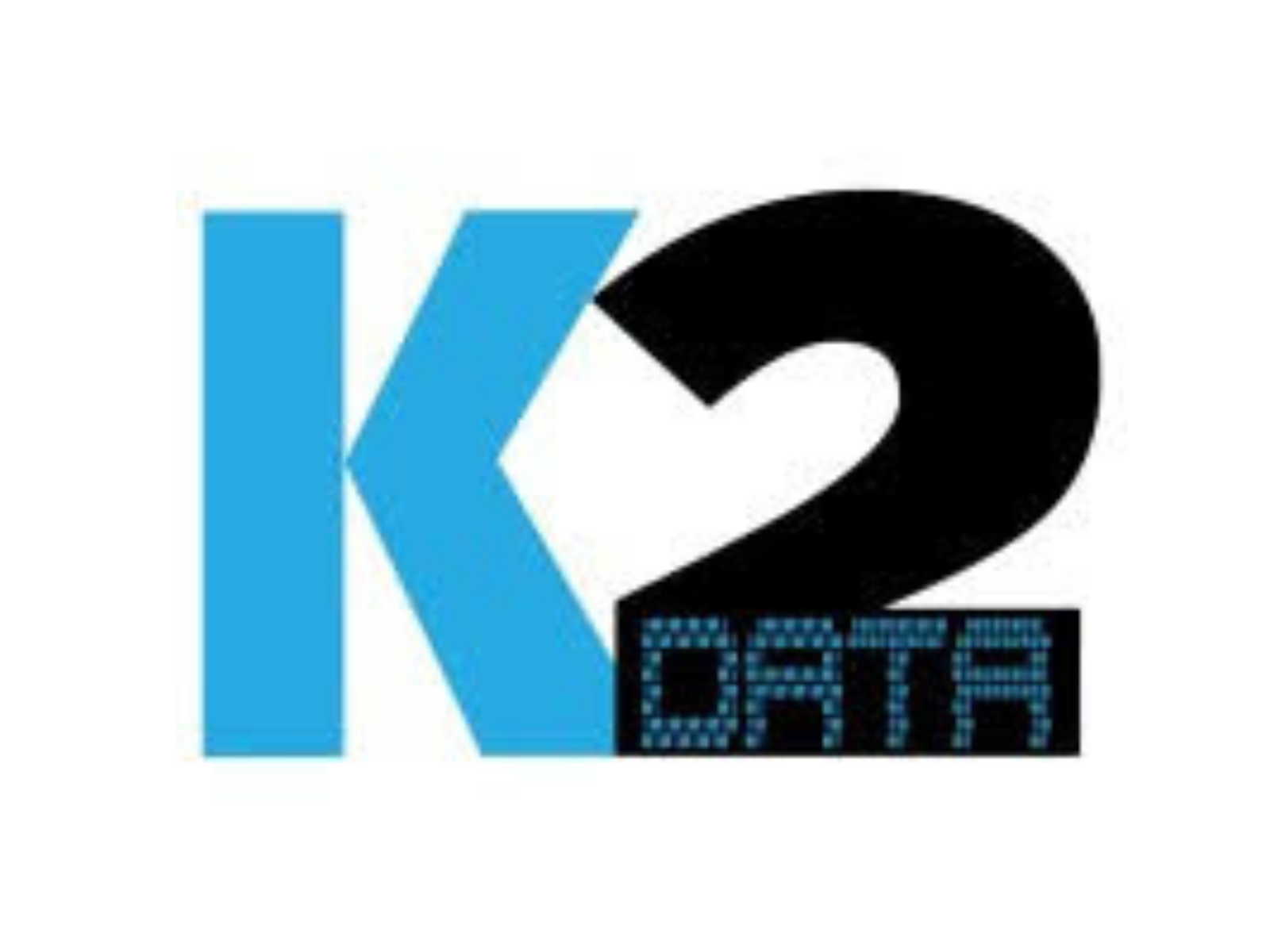SMPL
New Delhi [India], November 7: With enterprises moving from automation to augmentation, India's AI adoption story is being defined by how deeply technology can reshape the way work itself is done.
Generative AI has crossed the adoption threshold in Indian boardrooms. Over three-fourths of business leaders and managers now use generative AI several times a week, according to Deloitte Tech Trends 2024 - India's Evolving Tech Industry. But frontline usage still hovers near 50%, revealing a sharp digital divide inside organisations.
"The architecture of adoption has become top-heavy," said Sanketh Kondur, Managing Director of K2 Analytics, "Executives are using AI copilots for strategy and document intelligence, but operational layers, where execution happens, still rely on legacy systems. Bridging that layer with low-code AI workflows is the next frontier."
Analysts note that the question for Indian industry has shifted from whether to use AI to how deeply it can be integrated into existing workflows without disrupting business continuity.
Beyond Automation: Redesigning Workflows
Nearly half of Indian firms have moved beyond task-level automation to full workflow redesign, Deloitte's research shows. In the BFSI and tech sectors, firms are embedding AI into underwriting, compliance, and customer engagement processes rather than using it as a stand-alone tool.
"Generative AI is moving into the middleware layer," said Sanketh, "Earlier, automation was about macros and bots. Now, language models are being fine-tuned on enterprise data lakes to generate, verify, and route information in real time. We are seeing efficiency gains of 30-50% in code generation, documentation, and risk assessment."
A McKinsey report, Beyond the Hype, estimates the global potential of generative AI at $2.6-$4.4 trillion annually, with technology, media, and telecom accounting for nearly $700 billion of that value. Indian firms are part of this wave, banks are using synthetic datasets to test models without regulatory exposure, while entertainment platforms deploy adaptive recommendation systems that learn from user behaviour on the fly.
The Human Factor: Skills, Trust, and Transition
Technology can only go as far as the workforce can follow. As per Deloitte, digital trust and AI literacy are now the biggest determinants of sustained adoption.
"Model explainability and governance frameworks are becoming boardroom discussions," said Sanketh,"Companies are setting up internal AI councils that review prompt outputs, data lineage, and bias before deployment. This isn't just compliance, it's reputation management."
Globally, McKinsey projects that generative AI could lift global productivity by 0.1-0.6 percentage points a year through 2040, but only if reskilling keeps pace. Indian firms are experimenting with "AI apprenticeships," pairing frontline employees with ML tools. In logistics, demand planners are using predictive algorithms trained on multi-year SKU data; in retail, pricing teams rely on generative models to simulate consumer responses.
"Workers need to learn not how to code AI, but how to converse with it," added Sanketh ,"Prompt design, data verification, and interpretability will soon be as common a skill as Excel."
India's Advantage in the Global AI Race
India's demographic dividend and digital stack give it a unique edge. With a young workforce, an expanding IndiaAI Mission, and a thriving global capability centre ecosystem, the country is positioned to become a hub for enterprise-scale AI services.
"Ninety percent of GCCs are now building AI delivery pods within their shared service models," said Sanketh, "We're seeing hybrid architectures, where inference happens in the cloud, but data pre-processing and fine-tuning stay onshore due to compliance with the Digital Personal Data Protection Act. This hybridisation gives India a structural advantage."
NASSCOM and BCG estimate that India's domestic AI market will reach $17 billion by 2027, with the majority of enterprise deployments moving from pilot to production scale. However, experts caution that adoption must stay inclusive.
"If AI becomes confined to leadership and data teams, we'll replicate the digital divide of the last decade," said Sanketh, "We need AI fluency across procurement, HR, and customer service, not just engineering."
What Comes Next
Firms that are embedding AI into decision-making pipelines achieve exponential, not incremental, returns. The coming years will determine which Indian companies treat AI not as a productivity hack, but as a re-architecture of work.
"AI is shifting from tools to teammates," said Sanketh,"We're now designing systems where language models handle 70% of routine interactions, freeing employees for creative, high-context work. The human-AI interface is no longer futuristic, it's operational."
As India's enterprises move from pilots to platforms, the focus is turning to three essentials: reskilling, responsible data governance, and measurable ROI. The country's next competitive leap will depend not on how fast it adopts AI, but on how intelligently it distributes its benefits.
(ADVERTORIAL DISCLAIMER: The above press release has been provided by SMPL. ANI will not be responsible in any way for the content of the same.)

